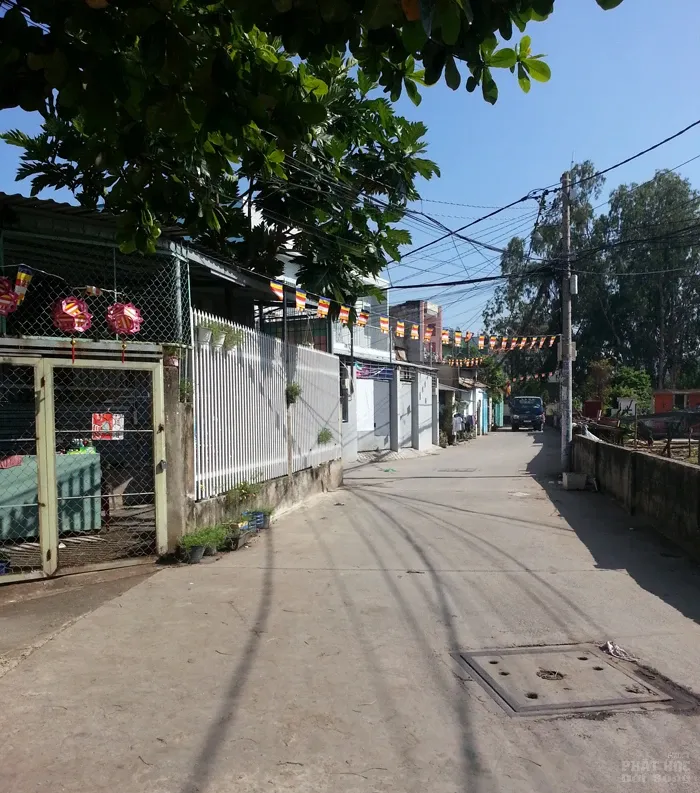Bạn đã từng biết về Bắc và Nam Cực nhưng còn có một Cực Thứ Ba, nó đang bị đe dọa.
Cực Thứ Ba gồm phần lãnh thổ Nam Trung Hoa (Cao nguyên Tây Tạng), Bắc Ấn Độ và Nepal. Đây là vùng nước đóng băng lớn thứ ba trên hành tinh.

Cực thứ ba đang đe dọa hành tinh
Vùng này trải rộng 100,000 km2, trong đó có 46,000 km bao phủ bởi các tảng băng. Trái đất nóng lên đang làm băng tan nhanh hơn và làm cuộc sống của hàng tỷ người bị ảnh hưởng.
Những nghiên cứu mới đây cho thấy tại vùng này sự tăng nhiệt cao gấp đôi so với sự tăng nhiệt trung bình toàn cầu 500 tảng băng đã biến mất hoàn toàn ở Cực Thứ Ba này.
Đây là vấn đề nghiêm trọng.
Gần 1/5 dân số Thế giới sống dựa vào nguồn nước từ Cực Thứ Ba này. 10 dòng sông lớn nhất trên Thế giới cũng khởi nguồn từ đó – bao gồm cả sông Dương Tử và sông Hằng.
Băng tan gây ra lũ lụt nghiêm trọng và phá hoại nguồn nước ngọt. Các nhà khoa học đang kêu gọi nguồn lực để nghiên cứu khẩn cấp vùng này để đánh giá đầy đủ hậu quả về mọi vấn đề đang xảy đến.
Nguyên bản tiếng Anh:
When we think of the world’s polar regions, only two usually spring to mind – the North and South. However, there is a region to the south of China and the north of India that is known as the “Third Pole”.
That’s because it is the third largest area of frozen water on the planet. Although much smaller than its north and south counterparts, it is still enormous, covering 100,000 square kilometres with some 46,000 glaciers.
Scientists conducting research in the area have warned of disturbing global warming trends, and how, if they continue, they could affect the lives of 1.3 billion people.
The importance of the Third Pole
What happens to ice in the polar regions is taken as clear evidence of climate change. When the ice melts, we know that the planet is warming up.
The Earth’s north and south extremities are crucial for regulating the climate, and at the same time are particularly sensitive to global warming. The Third Pole, because it is high above sea level, is also sensitive to changes in temperatures.
It also powers life for many thousands of miles. It is estimated that the water that flows from the Third Pole supports 120 million people directly through irrigation systems, and a total of 1.3 billion indirectly through river basins in China, India, Nepal, Pakistan, Bangladesh and Afghanistan. That’s nearly one fifth of the world’s population.
It is remote – the region encompasses the Himalaya-Hindu Kush mountain ranges and the Tibetan Plateau – but 10 of Asia’s largest rivers begin here, including the Yellow river and Yangtze river in China, the Irrawaddy river in Myanmar, the Ganges, which flows through India and Bangladesh, and the trans-boundary Mekong river.
Claire Huynh Việt dịch
CÙNG NHAU XIỂN DƯƠNG ĐẠO PHẬT
Tuân theo truyền thống Phật giáo, báo Phật Học Đời Sống cung cấp tài liệu giáo dục Phật giáo phi lợi nhuận. Khả năng duy trì và mở rộng dự án của chúng tôi hoàn toàn phụ thuộc vào sự hỗ trợ của bạn. Nếu thấy tài liệu của chúng tôi hữu ích, hãy cân nhắc quyên góp một lần hoặc hàng tháng.

STK: 0421 000 435 524
Ngân hàng Vietcombank
(Nội dung: Họ tên + tài thí Xiển dương Đạo Pháp)














